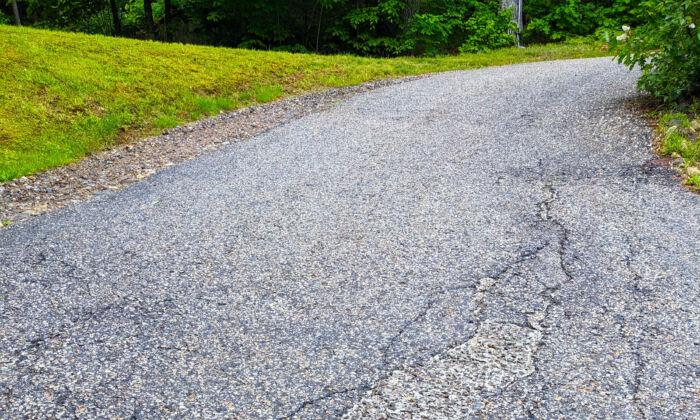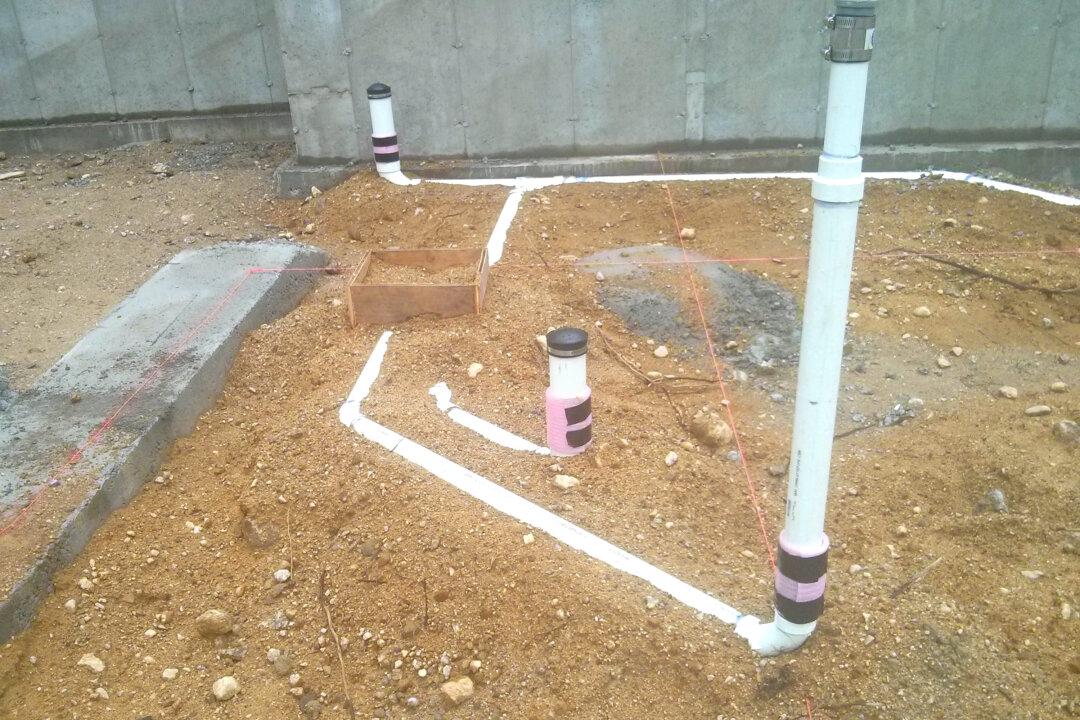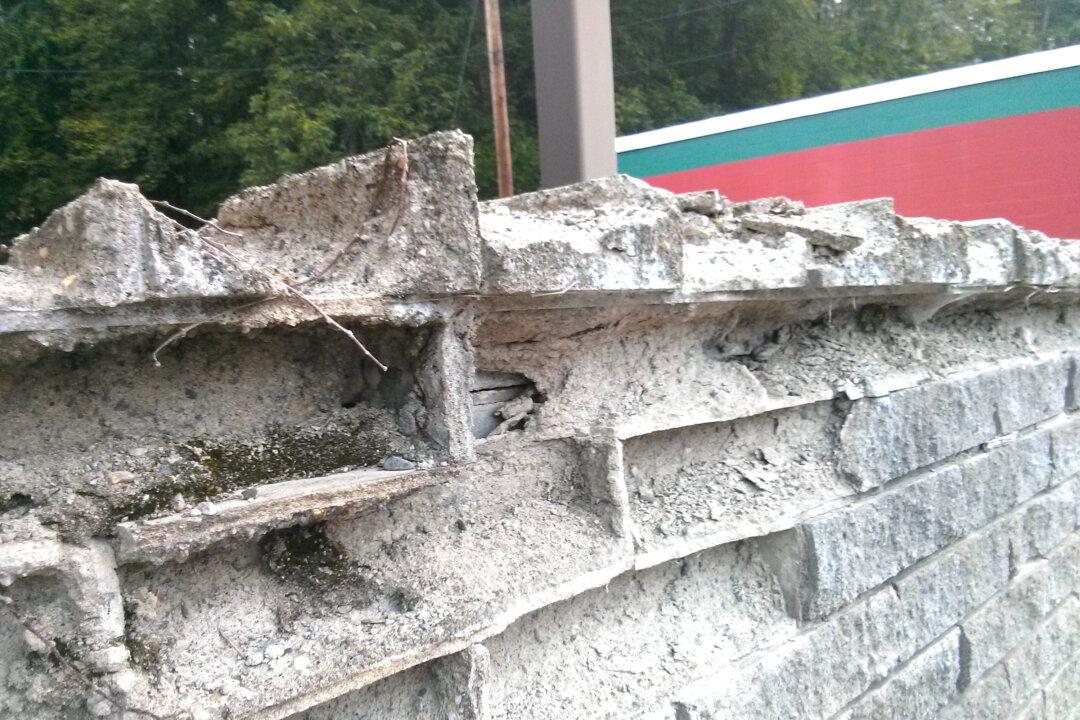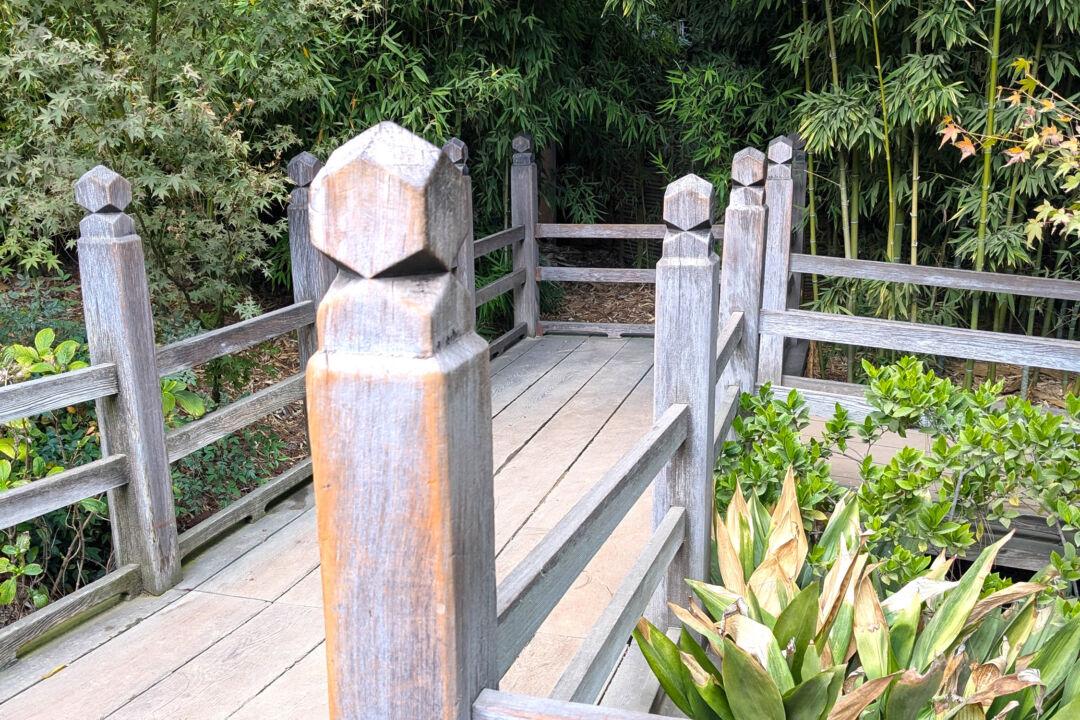We’re all familiar with asphalt paving. In most places, it’s the favored surface for public streets and parking lots, and for many Americans it’s what covers their driveways. In the business, this mix of liquid asphalt cement, sand, and small stone chips is called asphaltic concrete. It’s an accurate description because regular concrete has stones, sand, Portland cement, and water to activate the cement.
Before hot mix asphalt was invented, most paved roads in the USA were created by spraying hot asphalt liquid cement on top of compacted gravel. Small stone chips were immediately broadcast on the black coating and compacted to create extremely durable road surfaces. In many rural areas of the USA, this tar-and-chip method of paving is still used on thousands of miles of secondary roads.
This tar and chip method of asphalt paving allows you to introduce color to your driveway, depending on the color of the stones you broadcast over the liquid asphalt. I had a medium-brown driveway that used chert road metal from the Meramec River region in Missouri. You could have a red, green, or beige driveway depending on what type of durable chip gravel is available where you live. You can read all about tar and chip driveways, and watch videos of the process, at AsktheBuilder.com.
Do you have sunken and cracked places in your blacktop driveway? How about edges where a long, crescent-shaped piece of asphalt has cracked or broken away? These defects can almost always be traced to an inferior gravel base under the blacktop. Blacktop itself is a flexible pavement because asphalt itself is a semi-solid material somewhat similar to glass. Glass succumbs to gravity over many years and asphalt can creep and deflect when compressed.
If you want an asphalt driveway to last, the soil under it must be strong and the gravel base must be at least 6 inches thick, although 8 or 10 inches would be better. You must use crushed gravel that contains a variety of stone sizes, including the stone dust. The dust helps knit all the stones together, serving the same purpose that sand does in regular concrete.
I’ve experimented in the past with the cold asphalt patching materials available at hardware stores or big box retailers. Once exposed to air, the water surrounding the actual asphalt evaporates and the material does get quite hard. That said, these patching materials are not the same as using the real deal, hot-mix asphalt made at an asphalt plant. Hot mix patching, when done correctly, can produce a patch that lasts for decades, assuming the gravel base is deep and compacted.
Patching potholes might be on your list of things to do. If so, do it the same way dentists install a filling in a tooth. Excavate the sides of the pothole so it looks like an upside down ice cream cone. You want the bottom of the pothole to be bigger than the top. This way, when the hot mix becomes solid, it can’t pop out of the hole.
If you’re going to patch larger areas in your drive, try to use a pavement saw to make clean-cut edges. Compact the gravel base and install the blacktop at least 1.5 inches thick. Two inches would be better. Be sure to dust off the sides of the saw-cut blacktop to get as good a bond as possible between the old and new.
The best way to patch potholes and defects up to 4 feet square is to use a contractor who has a special heater that warms the existing blacktop to be as hot as the asphalt that comes from the plant. This way the fresh patching asphalt mix bonds mechanically and chemically with the old asphalt. When this is done correctly, you can’t even see where the old hole was as there are no saw cut lines.
Whatever you do, never seal new blacktop or a blacktop patch just after you finish. The asphalt needs to cure a minimum of 90 to 120 days. The lighter-weight oils in the asphalt need to evaporate, which allows the asphalt to get hard. If you seal it before the oils evaporate, the asphalt stays soft for a very long time, making it susceptible to damage from motorcycle kickstands and tires that turn in place.
If you’re installing a new blacktop drive, the best thing you can do is install the gravel base at least one foot wider than the final blacktop drive. This gives you a 6-inch-wide gravel border around the new blacktop. This shoulder provides the all-important lateral support.
Without this support, if a heavy truck or concentrated load is placed right at the edge of the driveway, you can expect the asphalt to crack, as the weight causes the blacktop and gravel beneath to move sideways toward the soft soil.




